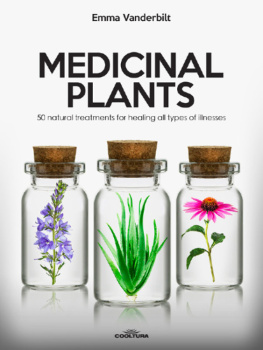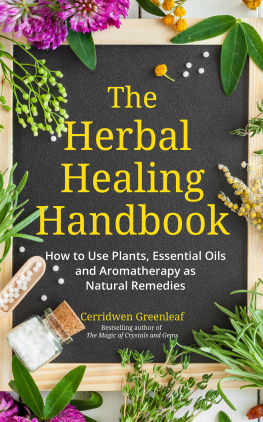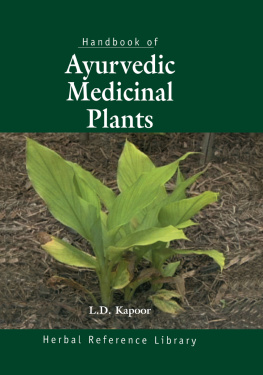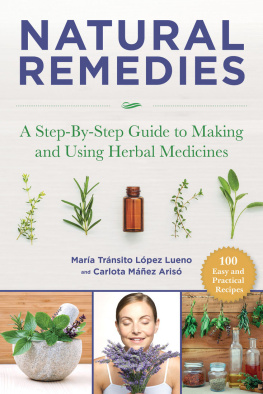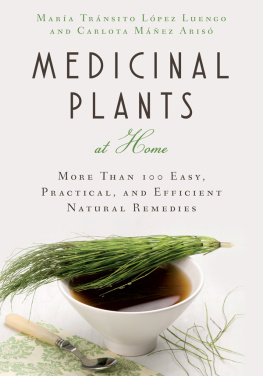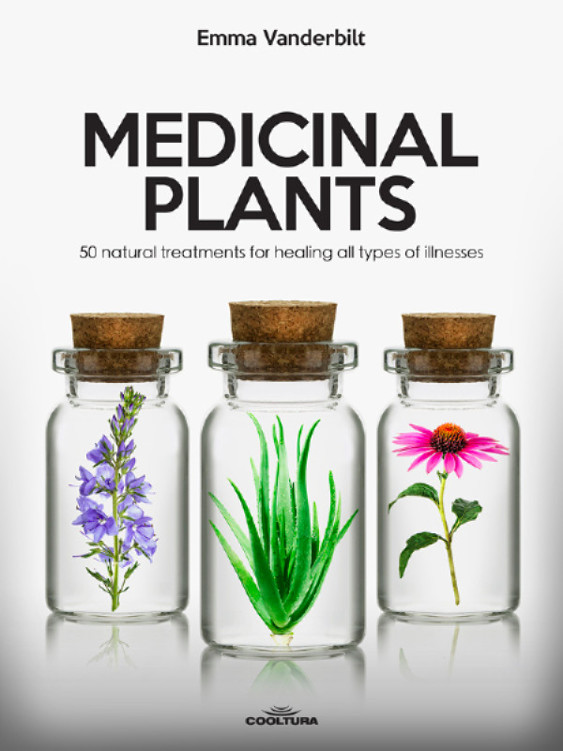

Introduction
In modern society, we have partly lost our ancestors wisdom and profound link to nature. Many of the plants around us have unknown uses and could be maximized if used correctly. Either raw, in infusions, concoctions or ointments, plants are true allies when it comes to improving our health, treating or preventing illnesses; and some of the results are astonishing.
The medical industry uses plants for preparing extracts, drugs and medicine. However, in their natural state they can also be used to activate and accelerate certain processes in the body, enhance the immune system and produce therapeutic effects. The healing parts of certain vegetables often used are the roots, stems, leaves, flowers, fruits and berries. However, not all components should be used in all cases, as some may be toxic. Apart from using them in medicine, they may be used when cooking, especially the aromatic plants which contain therapeutic qualities; and may replace the excessive use of salt, serving as a healthy and natural condiment.
- 1 -
Chicory
Chicory can be eaten raw in salads, in spite of its bitter taste, and has a high concentration of Vitamin A and B9. A chicory salad should be prepared using its leaves and the tender stems can also be used. It is a cooling therapeutic plant, which improves digestion and also works well as a laxative and diuretic.
It is recommended for liver problems, mainly because it purifies the blood and kidneys. Chicory is used to stimulate appetite and to treat anemia. It works well for digestive problems, skin disorders, rheumatism and gout. It purifies the kidneys, the spleen and the liver and it works well when treating gallstone colic. The leaves may be boiled and used when bathing to treat skin conditions. For therapeutic concoctions, the roots must dried and cut. The ailing body part should be rubbed using its juice. When treating gallstones, 15 grams of root should be boiled using 1 cup of water for 3 minutes and taken 3 times a day. For kidney stones, on the other hand, the infusion should be prepared by adding 15 grams of leaves in a hot water mug and letting it rest, taking 1 cup, 3 times a day. If a liver inflammation occurs, the root should be boiled for 10 minutes (40 grams per liter of water).
- 2 -
Poppy
Apart from its decorative quality, the poppy flower has well-known therapeutic benefits. It is antispasmodic and emollient; it works well for treating coughs, colds and lung conditions. It is also used for cases of bronchitis and asthma, as well as pneumonia and infected tonsils.
The poppy infusion is used for fever rashes, inflamed eye lids and to alleviate teething pain and discomfort in children. With its mild narcotic effect, it is recommended for people with insomnia to help them sleep. As an infusion, it can be used to treat anguish and neuralgia. It works well when treating stomach pain.
The infusion is prepared by adding dry poppy petals to 1 cup of boiling water. It should rest for a few minutes and up to 3 cups a day may be taken. For diarrhea an infusion should be prepared using equal amounts of poppy and olive oil. For external use, it is applied with a poultice for ocular inflammations and it may also be used on acne.
- 3 -
Basil
This is an aromatic plant that may be ingested raw or as an infusion, it is traditionally used in Italian foods and has many therapeutic uses: it is prescribed for treating headaches or colds, and is known to reduce fever.
It contains a substance which inhibits the inflammation-causing enzymes in the digestive system, so it is recommended for intestinal gas relief, stomach pain and indigestion.
It is rich in nutrients; therefore, it works well when treating dry skin and pain in the mouth. Different liquors may be prepared with its oil essentials; it may also be added to soups and stews. It is also used as an ingredient in natural medicine and energetic drinks. It is recommended for treating hair loss and halitosis.
The basil infusion is prepared with its leaves or flowers. Water should be heated. Before it boils, 5 grams of leaves are added per cup and should be left to rest for about 3 or 4 minutes.
- 4 -
Aloe Vera
This is a plant with many uses. Its leaves or fleshly leaves may be used on cuts, lacerations, burns and scars, as it accelerates the healing process. In addition, it serves as a moisturizing and cooling ointment on chapped skin due to wind burn or sun exposure; it works on insect and jellyfish stings too. It is also used as an air purifier.
It contains adaptogen a natural substance that helps strengthen the immune system and fight viruses and disease- it is especially recommended during times of stress.
Its gel, called aloin , can be ingested by mixing it with citric fruits juices. It alleviates hemorrhoid pain. A colon-cleansing home remedy may also be prepared. It is prepared with 2 fleshly leaves, after removing its thorns, and is blended with half a cup of pure honey plus 1 cup of rum or whiskey. You take 1 spoonful 3 times a day, 1 hour before each meal. Great results have been reported in cases of irritable colon by taking this concoction over a 4 to 6 month period.
- 5 -
Celery
Celery is an aromatic plant with therapeutic attributes, as well as a vegetable used for cooking, as it adds its aroma and flavor to soups and stews. Celerys dried out fruit, its seed, is used as a condiment and its flavor is very pleasant. You can make use of all celery parts; its leaves are rich in vitamins, salts and minerals.
It has high water content and thanks to its asparagine substance, it works as a diuretic. It is used to treat hoarseness. It is used by pharmacies for its sedative effect and to cover up medicine after taste. Its use is recommended in cases of anemia, weakness, recovery, asthma, liver disease, rheumatism and biliousness. In cases of congested lungs, asthma and loss of voice, it is best to cook the leaves in water or milk and drink the broth.
For illnesses related to the kidneys or for menstrual cramps, chop 100 grams of celery into small pieces, add boiled water slowly until half a liter is reached; filter and take 2 spoonfuls 3 times a day.
- 6 -
Blueberry
From the blueberry, the berries and the leaves can be used. Tannin is the main component in berries, but it also contains vitamins, minerals, sugar, acids, pectin and blue colorant. The main active components in the leaves are: flavone, tannin, arbutin, organic acids, iron and manganese.
Its use is recommended for treating ailments such as inflammations of the mouth and pharynx, as well as for treating thrush, tonsillitis and bleeding gums.
The leaves may be used to prepare an infusion which prevents and treats anemia, arthritis, arteriosclerosis, conjunctivitis, cataracts, and some inflammations. It is also recommended for diarrhea, hemorrhoids and for urinary tract disease. Improvement in cases of kidney and prostate infections has been reported after regularly ingesting blueberries.
Preparation must be done by adding 3 spoonfuls of berries to a quarter liter of cold water and letting it boil for a few minutes. Cool before drinking.
- 7 -
Boldo
Boldo is well known for its therapeutic properties. It is taken by infusion and digestive tisanes, using its dried leaves. Boldo tea is recommended for stomach ailments. These boldo infusions possess choleretic, diuretic and colagogic effects; as well as antioxidant, anti-inflammatory and fungicide attributes.
It renders a digestive effect and protects the liver. The boldo leaf tea is meant to treat any type of digestive disorder such as dyspepsia and flatulence, as well as liver and gallbladder dysfunction by stimulating bile production.
Next page
